Home>Garden Essentials>What Is Spring Clean Up For Landscaping
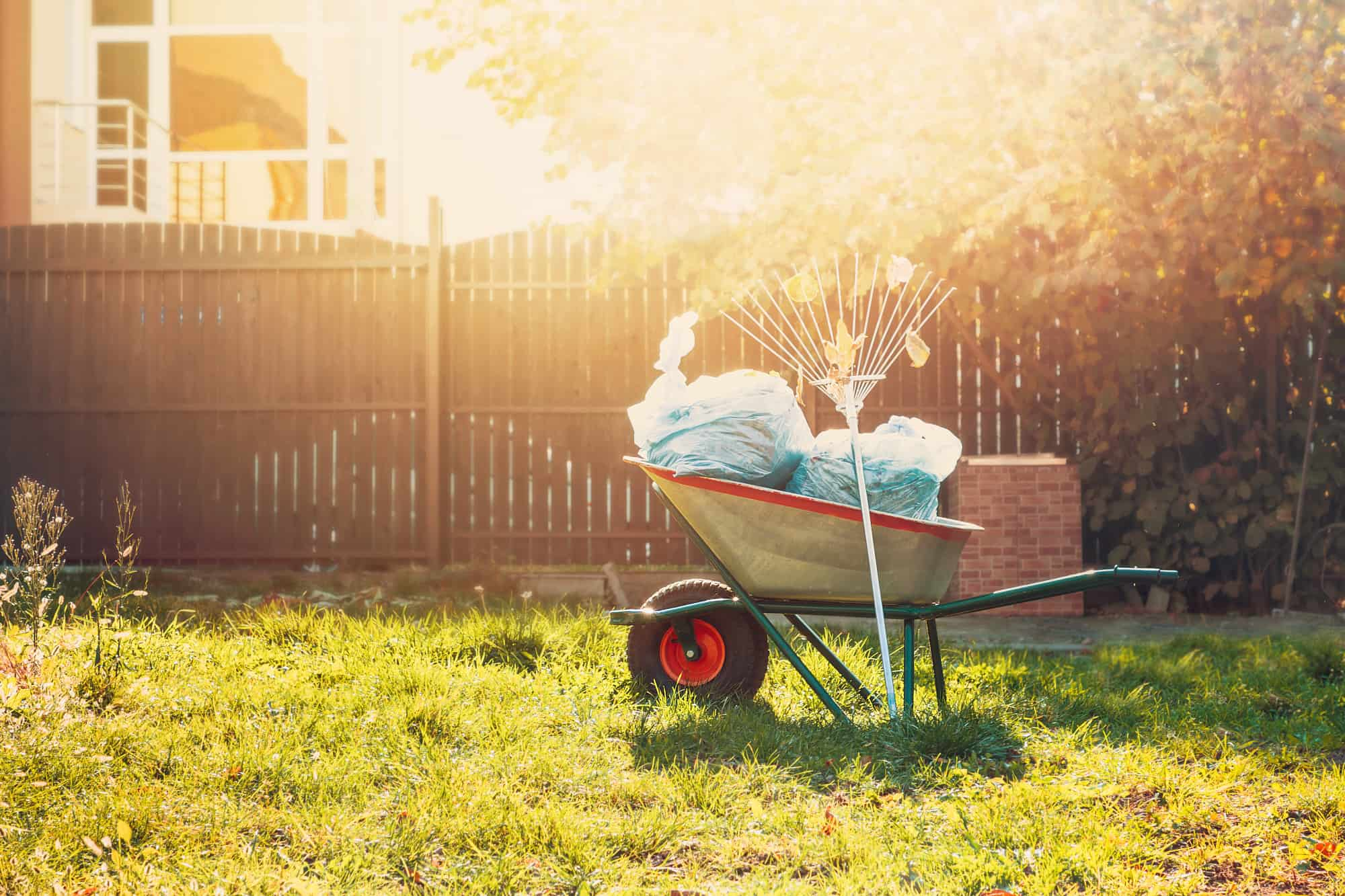

Garden Essentials
What Is Spring Clean Up For Landscaping
Modified: October 27, 2024
Get your garden ready for the new season with our spring clean up landscaping services. From pruning to mulching, we'll make your garden shine.
(Many of the links in this article redirect to a specific reviewed product. Your purchase of these products through affiliate links helps to generate commission for Storables.com, at no extra cost. Learn more)
Introduction
Spring is a time of renewal and rejuvenation, and this applies not only to nature but also to our gardens and landscapes. After a long and harsh winter, it is important to give our gardens some tender loving care in the form of a spring clean-up. This annual ritual not only helps in maintaining a beautiful and healthy landscape, but it also sets the stage for the rest of the gardening season.
Spring clean-up for landscaping involves a series of tasks aimed at preparing your garden for the growing season ahead. From removing debris and dead plant material, to pruning, weed control, and lawn care, these steps are essential for reviving your garden from the winter slumber and ensuring its optimum health and beauty.
In this article, we will explore the importance of spring clean-up for landscaping and provide you with a comprehensive guide on the steps to prepare for this rejuvenating practice.
So, roll up your sleeves, grab your gardening gloves, and let’s dive into the world of spring clean-up for landscaping!
Key Takeaways:
- Spring clean-up for landscaping is essential for a healthy garden. It involves clearing debris, pruning, weed control, and lawn care to promote plant health and enhance curb appeal.
- Proper planting and mulching contribute to a vibrant garden. Planning, soil preparation, and mulching techniques create an optimal environment for plant growth and visual appeal.
Read more: How To Write Up A Landscaping Contract
Importance of Spring Clean Up for Landscaping
Spring clean-up for landscaping is not just a mundane chore; it plays a crucial role in the overall health and vitality of your garden. Here are some key reasons why spring clean-up is so important:
- Promotes Plant Health: By removing debris, dead plant material, and fallen leaves from your garden beds, you eliminate potential breeding grounds for pests and diseases. This promotes better air circulation, reduces the risk of fungal infections, and allows your plants to thrive.
- Prevents Weed Growth: Spring is the time when weeds start to sprout and compete for nutrients and water with your desirable plants. Clearing out existing weeds and applying preventive measures such as mulching can significantly reduce weed growth, making it easier to maintain a weed-free landscape throughout the growing season.
- Encourages New Growth: Pruning and trimming overgrown branches and shrubs stimulates new growth and improves the overall shape and appearance of your plants. It also allows better sunlight penetration, which is crucial for the health and vigor of your garden.
- Enhances Curb Appeal: A well-maintained landscape not only adds beauty to your property but also increases its value. Spring clean-up helps in tidying up your garden, removing winter debris, and giving it a fresh and vibrant look, thereby enhancing the curb appeal of your home.
- Prevents Pest Infestations: Spring clean-up includes pest prevention measures such as inspecting plants for signs of pests and treating them if necessary. By tackling and eliminating pests early on, you can prevent potential infestations that can wreak havoc on your garden later in the season.
These are just a few of the many reasons why spring clean-up is vital for your garden’s health and beauty. By investing a little time and effort in your garden’s spring clean-up, you can create a strong foundation for a successful gardening season ahead.
Steps to Prepare for Spring Clean Up
Preparing for spring clean-up requires a systematic approach to ensure that all necessary tasks are completed efficiently. Here is a step-by-step guide to help you get started:
- Create a Plan: Before diving into the clean-up process, it’s essential to assess your garden and make a plan. Take note of areas that require the most attention and prioritize tasks accordingly. This will help you stay organized and ensure that nothing is overlooked.
- Gather Necessary Tools and Supplies: Stock up on the essential tools and supplies you’ll need for your clean-up tasks. This may include rakes, pruners, gloves, trash bags, compost, mulch, and any other equipment specific to your garden’s needs. Having everything ready beforehand will save you time and ensure a smooth clean-up process.
- Clear Debris and Winter Plant Protection: Start by removing any debris, dead leaves, and fallen branches from your garden beds and lawn. Clear out any winter plant protection such as burlap or wraps from trees and shrubs. This will help improve air circulation, reduce the risk of pests and diseases, and provide a clean canvas for new growth.
- Pruning and Trimming Overgrown Plants: Trim back any overgrown branches, shrubs, and ornamental grasses to promote new growth and maintain the desired shape and size of your plants. Remove any dead or diseased wood, and prune flowering plants to encourage more blooms. Be sure to follow proper pruning techniques to avoid damaging the plant.
- Weed Control and Pest Prevention: Spend time pulling out existing weeds and applying a pre-emergent weed control product to prevent weed seeds from germinating. Inspect plants for signs of pests and treat them accordingly. Consider using organic or natural pest control methods to minimize environmental impact.
- Lawn Care and Maintenance: Prepare your lawn for the growing season by raking away dead grass, leaves, and debris. Aerate the soil to improve drainage and promote deeper root growth. Apply a slow-release fertilizer to provide essential nutrients to the grass. Consider overseeding bare patches to promote a lush and healthy lawn.
- Planting and Mulching: After cleaning up and preparing your garden beds, it’s time to plant new annuals, perennials, or vegetables if desired. Make sure to choose plants suitable for your growing zone and follow proper planting techniques. Once planting is complete, apply a layer of mulch around the plants to conserve moisture, suppress weed growth, and add an aesthetic appeal to your garden.
By following these steps, you can ensure that your garden is well-prepared for the upcoming growing season. Remember to take breaks, stay hydrated, and enjoy the process of rejuvenating your garden!
Clearing Debris and Winter Plant Protection
As the snow melts and the temperatures start to rise, it’s time to clear away the debris and winter plant protection from your garden. This step is crucial in preparing your garden for the new growing season. Here’s what you need to do:
1. Remove Debris: Begin by raking up any leaves, twigs, and other debris that may have accumulated on your garden beds and lawn during the winter. Clearing away this debris will improve air circulation, prevent the growth of mold and fungi, and create a clean and inviting space for new growth.
2. Inspect and Remove Winter Covers: If you used protective covers such as burlap or wraps to shield your plants from the harsh winter conditions, inspect them for any signs of damage or wear. Carefully remove the covers, being mindful not to damage any emerging buds or shoots. Check for any pests or diseases that may have taken shelter under the covers and take appropriate action if necessary.
3. Prune Dead and Damaged Branches: Take a close look at your trees, shrubs, and hedges and prune out any dead, broken, or damaged branches. This will not only improve the appearance of your plants but also promote their overall health and growth. Use clean and sharp pruning tools to make clean cuts, ensuring that the remaining branches are not damaged.
4. Clean and Organize Garden Beds: Remove any dead annual plants, weeds, or leftover vegetable stalks from your garden beds. Loosen the soil with a garden fork or rake to remove any compacted areas. This will allow for better root growth and water penetration. Take this opportunity to assess the condition of your soil and add organic matter, such as compost or well-rotted manure, to replenish nutrients and improve soil fertility.
5. Inspect and Repair Garden Structures: Take a thorough look at your garden structures, such as fences, trellises, and supports. Repair or replace any damaged or deteriorating components. This will ensure that your garden remains structurally sound throughout the growing season and provide support for climbing plants.
6. Dispose of Debris Properly: Dispose of all cleared debris in accordance with local regulations. Compost the organic matter if possible or dispose of it in designated green waste bins. Keeping your garden and surrounding area clean and free from debris will minimize potential pest and disease issues.
By clearing debris and removing winter plant protection, you are setting the stage for a healthy and vibrant garden. This step is essential in allowing new growth to flourish and ensuring that your plants have the best possible start to the growing season.
Pruning and Trimming Overgrown Plants
Over time, plants in your garden can become overgrown, losing their shape and detracting from the overall aesthetic appeal. Pruning and trimming are essential steps in maintaining the health, shape, and beauty of your plants. Here’s what you need to know:
1. Assess Your Plants: Take a closer look at your plants and identify areas that are overgrown or need shaping. Look for branches that are rubbing against each other, crossing, or growing in undesirable directions. Additionally, check for dead or diseased branches that should be removed for the health of the plant.
2. Choose the Right Tools: It’s important to use the right tools for the job to ensure clean and precise cuts. The tools you’ll need will depend on the size of the branches you’re pruning. Hand pruners are suitable for smaller branches, while loppers or pruning saws are better for thicker branches.
3. Pruning Techniques: When pruning, it’s important to make proper cuts to promote the plant’s health and appearance. Make your cuts at a 45-degree angle just above a healthy bud or side branch. Avoid cutting too close to the bud, as this can damage it. Additionally, remove any dead or diseased wood by making clean cuts back to healthy tissue.
4. Shaping and Controlling Growth: Use pruning to shape your plants and control their growth patterns. To maintain a desired size and shape, selectively prune branches that stick out or disrupt the plant’s overall form. Pay attention to the natural growth habit of the plant and aim for a balanced and visually appealing silhouette.
5. Timing Matters: Timing is crucial when it comes to pruning different plants. In general, it’s best to prune spring-flowering shrubs immediately after they have finished blooming. Summer-flowering shrubs, on the other hand, can be pruned in late winter or early spring before new growth begins. However, there are exceptions, so it’s important to research individual plant requirements.
6. Prune with Caution: While pruning can be beneficial, it’s important not to overdo it. Avoid excessive pruning, as this can stress the plant and lead to a weaker structure. Prune only what is necessary to achieve your desired goals, and always keep the overall health and vigor of the plant in mind.
7. Dispose of Pruned Material: Dispose of the pruned material properly. Small branches and twigs can be added to your compost pile, while larger branches may need to be disposed of separately. Check local regulations for guidelines on green waste disposal.
By pruning and trimming overgrown plants, you not only improve their appearance, but you also promote healthy growth and enhance the overall aesthetics of your garden. Take the time to assess, trim, and shape your plants, and you’ll be rewarded with a well-maintained and visually appealing landscape.
Spring clean up for landscaping is essential to prepare your yard for the growing season. It involves removing debris, pruning plants, and fertilizing the soil to promote healthy growth. Don’t forget to also check for any winter damage and make necessary repairs.
Read more: How To Start Up A Landscaping Company
Weed Control and Pest Prevention
Weeds and pests can be a nuisance in any garden, competing with your plants for nutrients, water, and sunlight. Implementing effective weed control and pest prevention measures is crucial in maintaining a healthy and thriving garden. Here’s what you need to know:
1. Identifying Common Weeds: Familiarize yourself with common weeds in your area, as different types may require different control methods. Weeds can be categorized as annuals, biennials, or perennials, each with its own life cycle and spreading habits. By understanding the weeds you’re dealing with, you can choose the most effective control methods.
2. Manual Weed Removal: For small garden beds or isolated weed growth, the most effective and environmentally friendly method is manual removal. Using a garden hand tool, such as a trowel or weeding fork, dig out the entire weed, ensuring you remove the roots. Be consistent in your efforts to prevent weeds from re-establishing.
3. Mulching: Applying a layer of organic mulch, such as wood chips or straw, to your garden beds can help suppress weed growth. Mulch acts as a barrier, blocking sunlight and preventing weed seeds from germinating. It also retains moisture in the soil, keeping it hydrated for your desirable plants.
4. Pre-emergent Herbicides: Pre-emergent herbicides are products specifically designed to prevent weed seeds from germinating. These herbicides create a barrier in the soil, inhibiting the growth of weed seedlings. Apply them in early spring before weed seeds begin to sprout, following the manufacturer’s instructions carefully.
5. Integrated Pest Management (IPM): Implementing IPM techniques can help prevent and manage pests in your garden. This approach focuses on using a combination of cultural, biological, and chemical control methods to reduce pest populations. Some IPM strategies include planting pest-resistant varieties, encouraging beneficial insects, and using organic pesticides as a last resort.
6. Regular Inspection and Monitoring: Regularly inspect your plants for signs of pest infestation. Look for chewed leaves, discolored foliage, or unusual growth patterns. Early detection allows for prompt intervention to prevent further damage or spread of pests.
7. Organic Pest Control: Consider organic pest control methods to minimize the use of harsh chemicals in your garden. This can include the use of insecticidal soaps, neem oil, or homemade remedies like garlic or chili pepper sprays. These methods target specific pests while minimizing harm to beneficial insects and the environment.
8. Cultural Practices: Promote a healthy garden environment by practicing good cultural habits. Proper watering, adequate spacing between plants, and regular removal of dead plant material reduce opportunities for pests to thrive. Avoid over-fertilizing, as lush growth can attract certain pests.
By implementing effective weed control and pest prevention strategies, you can maintain a healthy and vibrant garden. Remember, prevention is key, so be proactive in tackling weeds and pests before they become major issues that can impact the overall health and productivity of your garden.
Lawn Care and Maintenance
A lush and healthy lawn is the cornerstone of a beautiful garden. Proper lawn care and maintenance practices are essential in achieving a vibrant and well-maintained turf. Here are some key steps to keep your lawn in top condition:
1. Mowing: Regular mowing is vital to maintain the health and appearance of your lawn. Set your mower blades to the appropriate height for the type of grass you have. Generally, cool-season grasses should be kept at a height of 2-3 inches, while warm-season grasses can be shorter, around 1-2 inches. Avoid cutting off more than one-third of the grass blade length in a single mowing session to prevent stress on the grass.
2. Watering: Adequate and consistent watering is essential for a healthy lawn. Deep watering encourages deep root growth and reduces the dependence on frequent irrigation. Water your lawn early in the morning to reduce evaporation and allow the grass blades to dry before evening, reducing the risk of disease. Aim for about 1 inch of water per week, including rainfall.
3. Fertilization: Regular fertilization helps provide essential nutrients for your lawn’s growth and resilience. Perform a soil test to determine the specific nutrient requirements of your soil and choose a fertilizer with the appropriate ratio. Apply fertilizers according to the manufacturer’s instructions and avoid using excess amounts, as this can lead to nutrient run-off and environmental pollution.
4. Aerating: Aerating your lawn is crucial to improve soil compaction and allow for better air, water, and nutrient penetration. Depending on your lawn’s needs, you can choose between manual aeration tools, such as a garden fork, or mechanical aerators. Spring or fall is an ideal time for aeration when grass roots are actively growing.
5. Overseeding: Over time, lawns can develop bare patches or thinning areas. Overseeding involves spreading grass seed over these areas to fill in the gaps and promote a denser lawn. Prepare the soil by raking away debris and lightly loosening the top layer before spreading the grass seed. Keep the seeded areas consistently moist until the new grass establishes.
6. Weed Control: Regularly inspect your lawn for weeds and take appropriate actions to control them. Spot-treat using selective herbicides to target specific weed species while minimizing damage to the grass. For a more natural approach, manual removal or overseeding can help crowd out weeds by promoting a dense and healthy lawn.
7. Pest Control: Keep an eye out for pests that can damage your lawn, such as grubs, armyworms, or chinch bugs. Early detection is key to preventing extensive damage. If necessary, use targeted insecticides or enlist the help of professional pest control services. Consider using environmentally friendly pest control methods whenever possible.
8. Regular Maintenance: Regularly maintain your lawn by raking away leaves and debris to prevent matting and fungal issues. Trim the edges along sidewalks and driveways for a neat and tidy appearance. Repair or reseed any bare patches as soon as they appear to prevent weed encroachment.
By following these lawn care and maintenance practices, you can ensure that your lawn remains vibrant, healthy, and the envy of the neighborhood. A little effort goes a long way in achieving a well-kept and enjoyable outdoor space.
Planting and Mulching
Planting new additions and mulching existing plants are essential steps in maintaining a vibrant and well-structured garden. These practices not only enhance the visual appeal of your landscape but also provide numerous benefits for your plants. Here’s what you need to know about planting and mulching:
1. Planning Your Plantings: Before planting, consider factors such as the specific needs of the plants, their compatibility with the site’s sunlight and soil conditions, and their growth habits. Create a planting plan that includes a variety of plants to provide interest and diversity throughout the garden. Take into account the mature size of the plants to ensure they have adequate space to grow.
2. Preparing the Soil: Before planting, prepare the soil to provide an optimal environment for your new plants. Remove any weeds, rocks, or debris from the planting area. Loosen the soil gently with a garden fork or tiller to improve drainage and root penetration. Incorporate organic matter, such as compost or well-rotted manure, to enrich the soil with nutrients.
3. Planting Technique: Dig a hole that is slightly wider and deeper than the root ball of the plant. Gently remove the plant from its container or prepare the roots if it’s bare-root. Place the plant in the hole, ensuring it’s at the same depth as it was in its original container. Backfill the hole with soil, firming it gently around the roots. Water the plant thoroughly after planting to settle the soil.
4. Mulching Benefits: Apply a layer of mulch around your plants after planting. Mulching provides numerous benefits, including conserving moisture by reducing evaporation from the soil. It also helps suppress weed growth by blocking sunlight and preventing weed seeds from germinating. Mulch acts as a protective barrier, insulating the soil in hot or cold weather and regulating soil temperature.
5. Mulching Techniques: Spread a layer of organic mulch, such as wood chips, straw, or shredded bark, around the plants. Maintain a thickness of 2-3 inches, ensuring the mulch doesn’t touch the plant stems. Leave a small space around the base of the plant to prevent excess moisture retention, which could lead to rot. Replenish the mulch as needed to maintain the desired thickness over time.
6. Choosing the Right Mulch: Select a mulch that suits the needs of your garden and plants. Organic mulches, such as wood chips or straw, break down over time, enriching the soil with organic matter. Inorganic mulches, such as gravel or stones, provide a long-lasting weed barrier but don’t contribute to soil fertility. Consider factors such as aesthetic appeal, water retention, and local availability when choosing your mulch.
7. Mulch and Plant Health: Proper mulching promotes plant health by reducing stress on the plants. Mulch helps regulate soil moisture, preventing drying out during hot periods and excess saturation during heavy rainfall. It also acts as a physical barrier, protecting plant roots from temperature fluctuations and mechanical damage caused by mowing or gardening activities.
Incorporating proper planting techniques and mulching practices not only improves the aesthetics of your garden but also creates a conducive environment for plant growth. Take the time to plan your plantings, prepare the soil, and mulch your plants consistently for a thriving and visually stunning landscape.
Conclusion
Spring clean-up for landscaping is a vital and rewarding practice that sets the foundation for a successful and beautiful garden. By following the steps outlined in this article, you can ensure that your garden is well-prepared for the growing season ahead.
Clearing debris and removing winter plant protection allow for better air circulation, reduce pest and disease risks, and provide a clean canvas for new growth. Pruning and trimming overgrown plants not only enhance their appearance but also stimulate new growth and maintain their health and shape. Weed control and pest prevention techniques help keep unwanted invaders at bay, ensuring that your desirable plants thrive. Proper lawn care and maintenance, including mowing, watering, fertilizing, and aerating, help create a lush and vibrant turf. Planting new additions and mulching existing plants contribute to the overall aesthetics and health of your garden.
Remember, achieving a successful spring clean-up requires sound planning and a systematic approach. Create a plan, gather the necessary tools and supplies, and tackle each task with care and precision. By implementing these practices, you’ll be rewarded with a rejuvenated and visually stunning garden.
As you embark on your spring clean-up journey, remember to balance the need for optimal garden care with the joy and creativity of gardening. Take the time to connect with nature, appreciate the beauty around you, and let your passion for all things green shine through.
So, grab your gardening gloves, don your sun hat, and get ready to embark on a fulfilling and satisfying spring clean-up for your beloved garden. Your efforts will be rewarded with a thriving and breathtaking landscape that you can enjoy throughout the seasons to come.
Frequently Asked Questions about What Is Spring Clean Up For Landscaping
Was this page helpful?
At Storables.com, we guarantee accurate and reliable information. Our content, validated by Expert Board Contributors, is crafted following stringent Editorial Policies. We're committed to providing you with well-researched, expert-backed insights for all your informational needs.


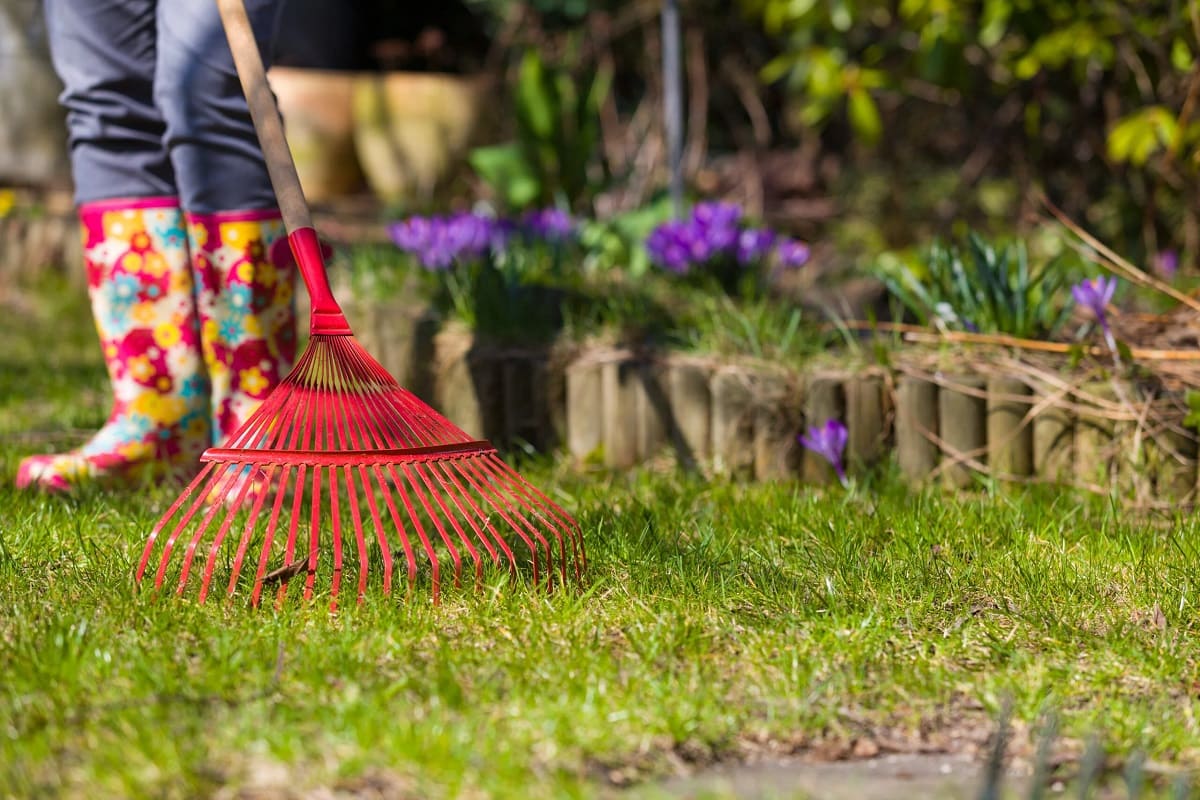





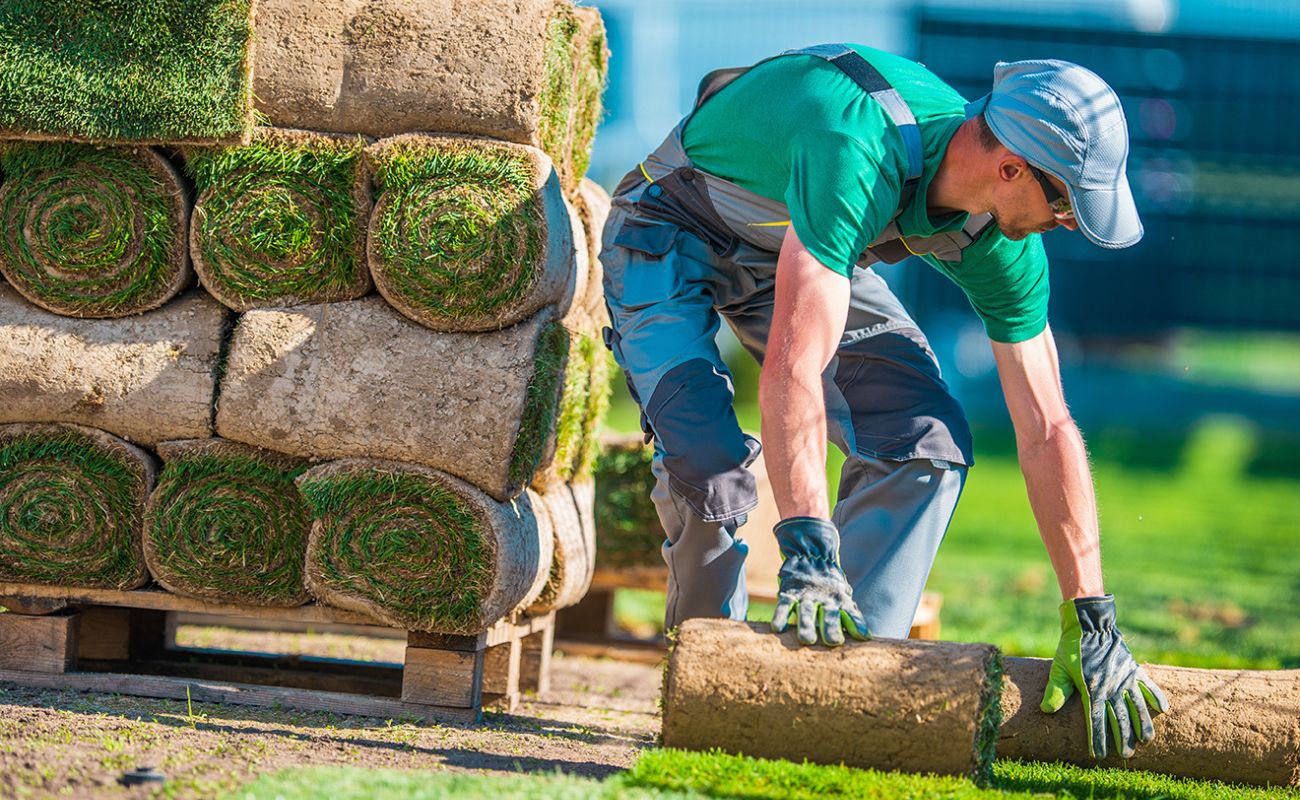


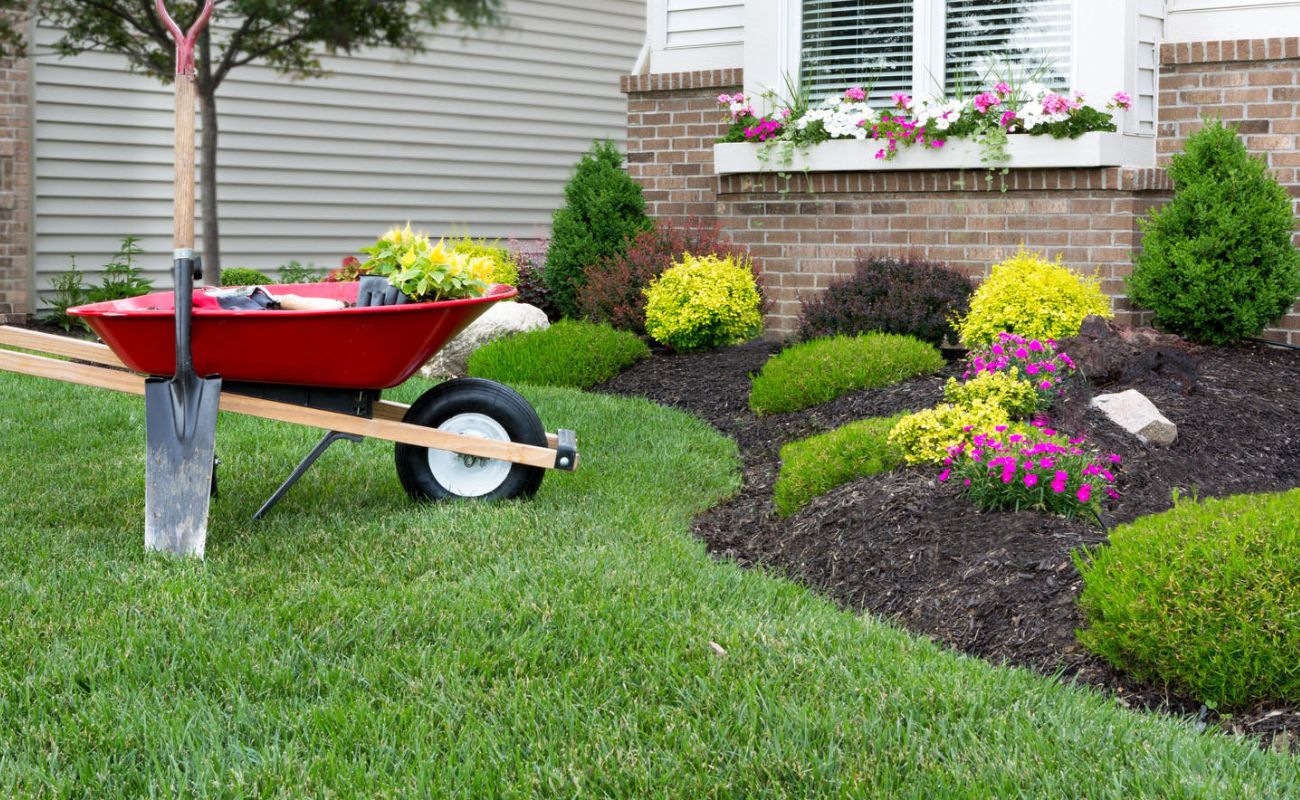
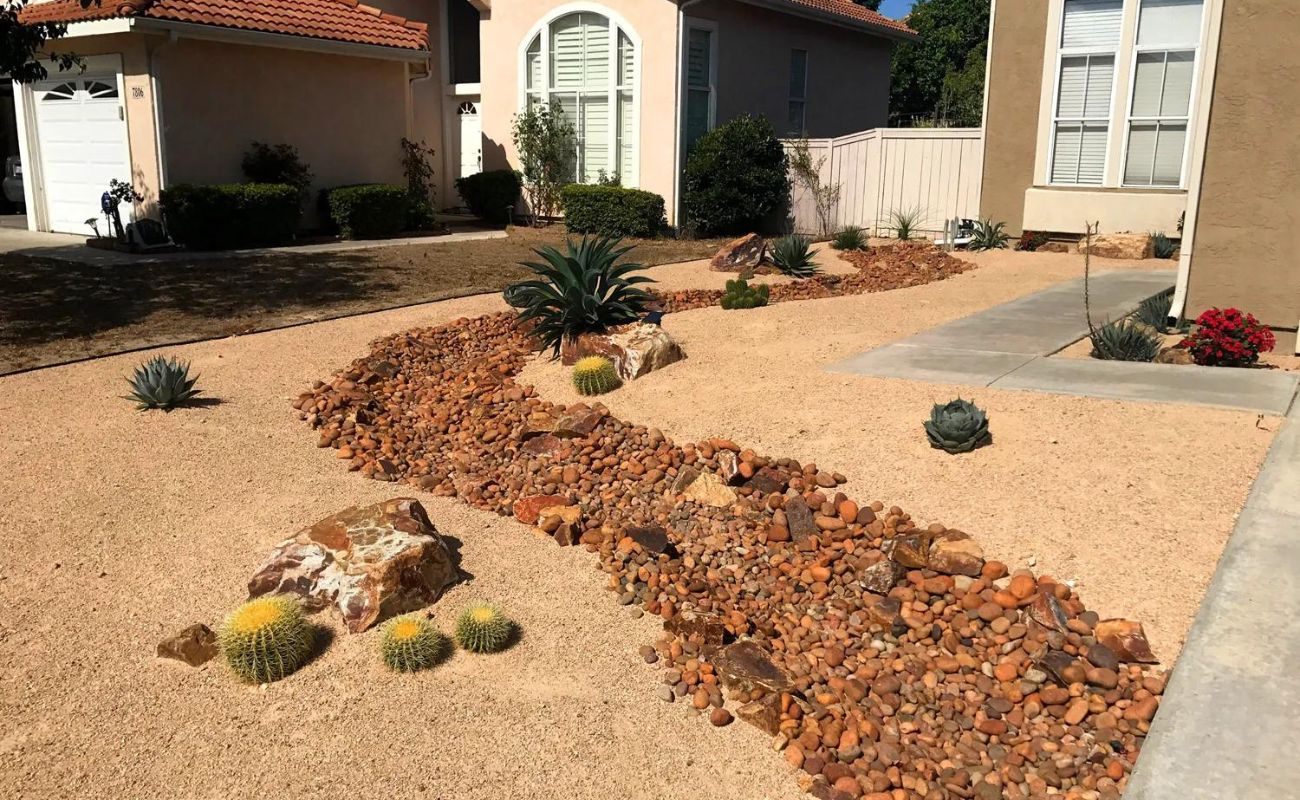
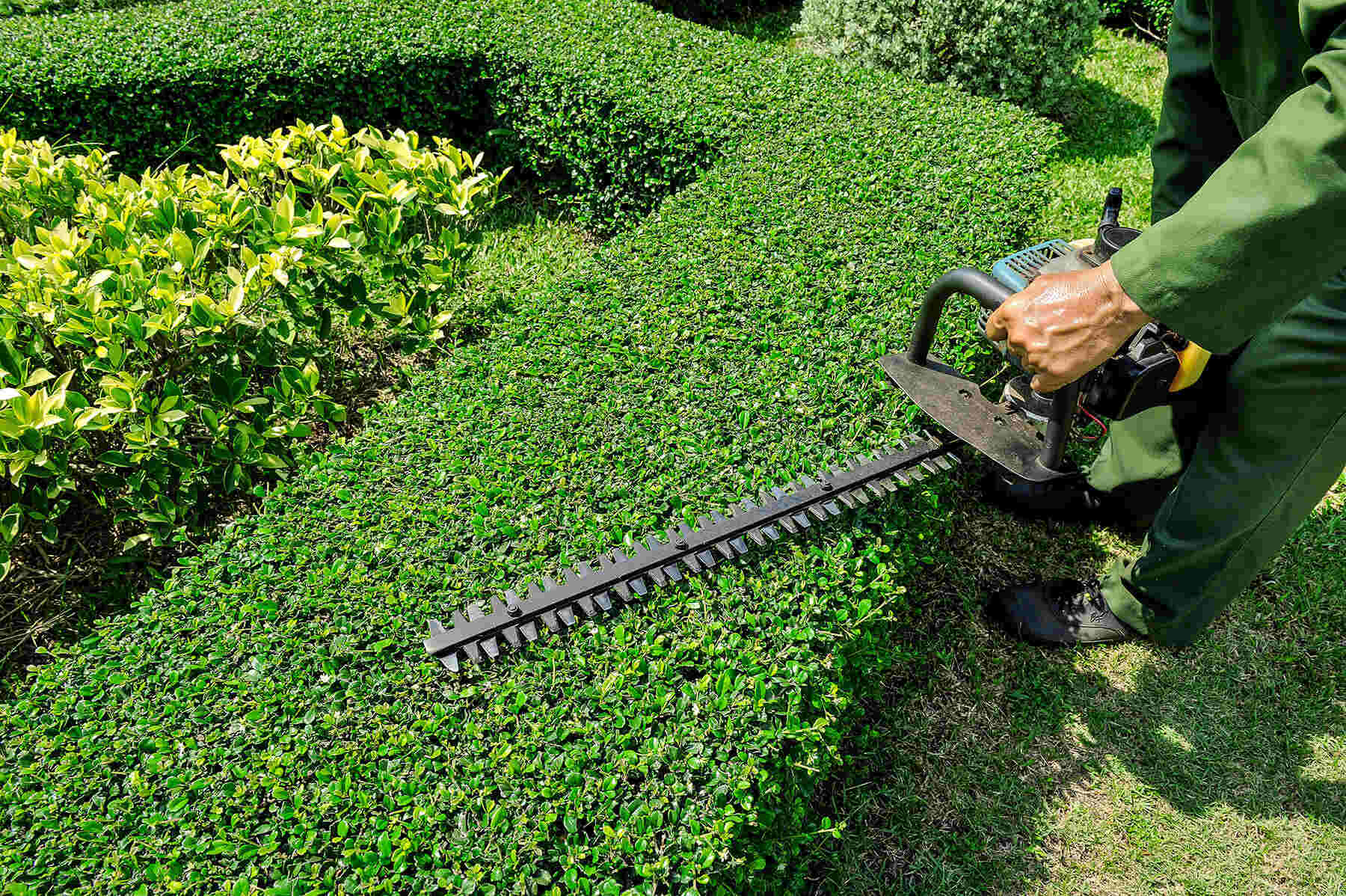

0 thoughts on “What Is Spring Clean Up For Landscaping”